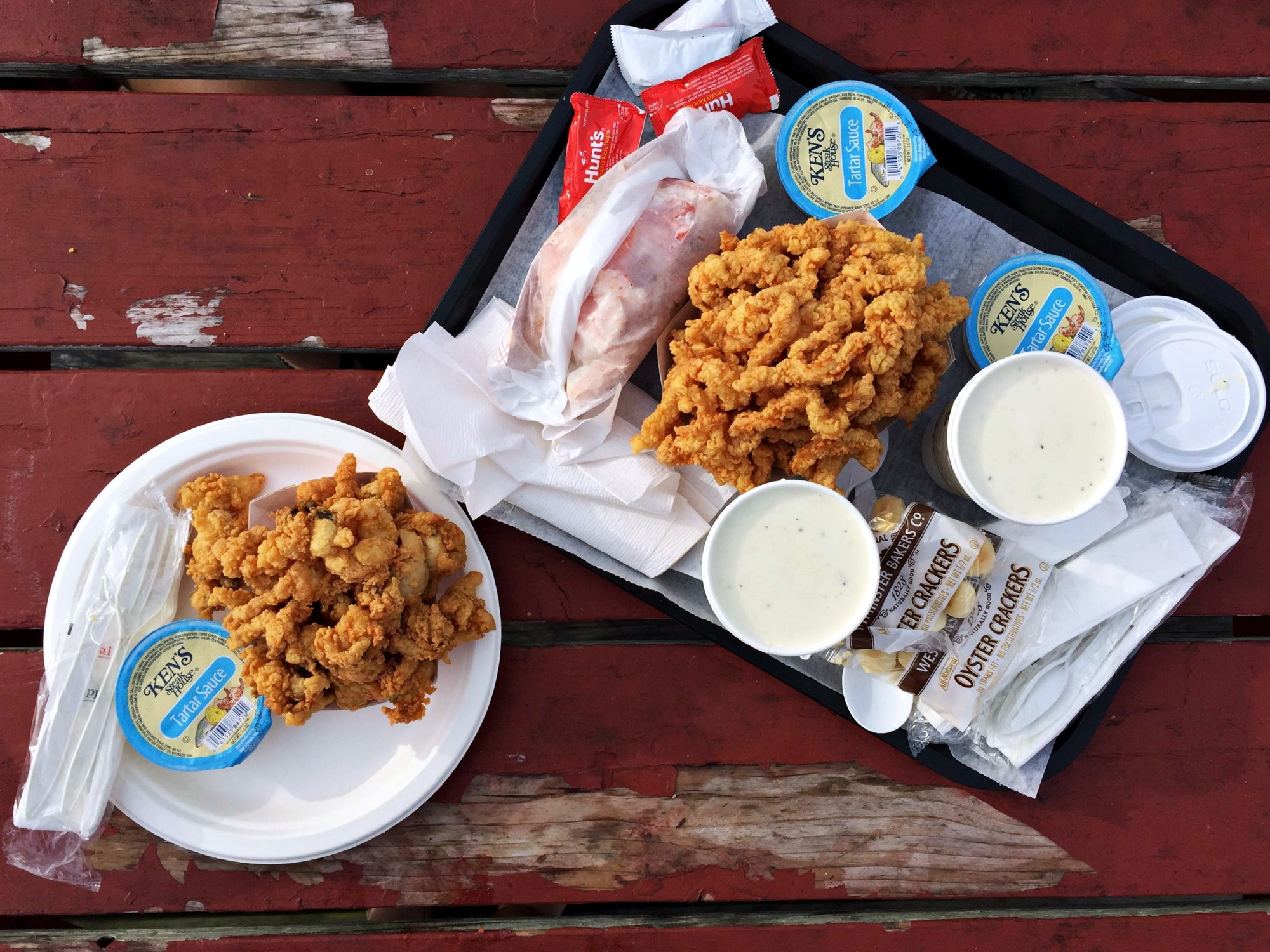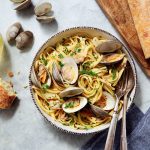Fish & Seafood
Fried Clams | Bellies vs. Strips
What are fried clam strips? What’s the deal with whole belly clams? What’s the difference? What’s better? Read on for everything fried clams.

Coffee By Design | Portland, Maine
Photo Credit : Katherine KeenanYou look like someone who appreciates a good story
- Unlimited access on the web
- Watch episodes online
Already a subscriber? Sign in







